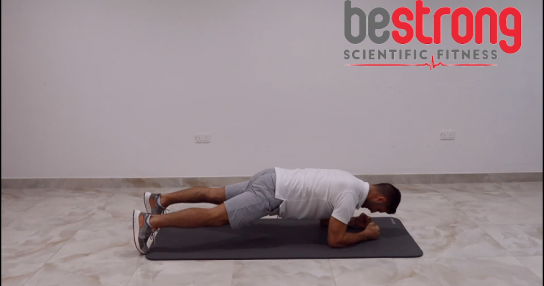What is it?
Sacroiliac pain (SI Pain) is often mistaken for lower back pain. Though it can appear in the lower back the cause can be very different from that of lower back pain. SI joint pain most often occurs when the joint is not properly aligned, by either being compressed or displaced. The levels of pain experienced due to SI joint pain can vary from mild to excruciating, based on the recency of the injury and the level of displacement of the joint.
Symptoms:
SI joint pain appear as pain in the lower back and buttocks, and can radiate to the groin, lower hip and upper thigh. Though mostly felt on one side it can be present on both sides, often with one side more painful than the other.
Common Causes:
Poor muscular control, particularly the transversus abdominis, psoas and quadratus lumborum, could lead to SI joint pain. It can also be caused by problems with the ligaments that support the joint, when the ligament become either too loose or too tight. SI injuries is another cause.
How to treat it?
The first step in effectively helping someone suffering from SI joint pain is to identify the mechanism of dysfunction: joint displacement or compression. Once this is identified and corrected the supporting structures (muscles and ligaments) need to be activated and any imbalances corrected.









